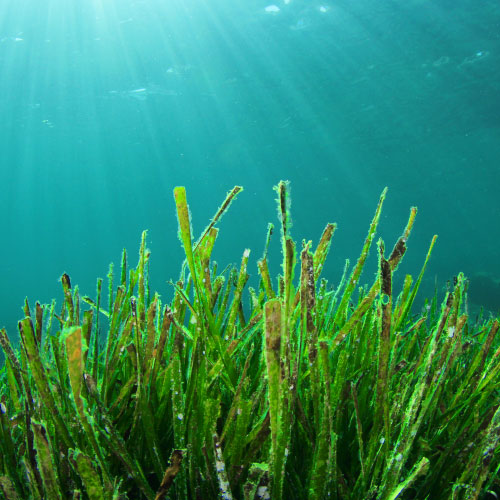How are Zurich helping the Marine Conservation Society?
Zurich customers are now supporting the largest seagrass recovery operation in England to help save vital seabed habitats around our coasts as part of a new initiative with the Marine Conservation Society. We hope to help protect up to 80,000 square metres of sea grass meadow.
For every customer who makes a claim for flood damage or escape of water, Zurich will support the Marine Conservation Society restore 1 square metre of seagrass. Zurich funding will contribute to protecting the seabed around Plymouth Sound and Estuaries, the Solent and other locations. The current and future seagrass within these areas will be able to sequester up to 1,127 tonnes of carbon each year.
Why is sea grass important to protecting the environment?
Healthy seagrass beds can absorb around a tenth of the ocean’s carbon each year and provide habitats for many endangered species. They can also stabilise the sand around exposed coasts, protecting beaches from erosion.
Sadly, UK seagrass habitats have been damaged and degraded over the past century and have reduced in area by 92%. Seagrass in the United Kingdom provides nursery and breeding grounds for commercially important fish such as cod, bass and plaice. It also provides habitats for threatened marine wildlife including stalked jellyfish, short snouted seahorses and spiny or ‘long snouted’ seahorses, and many species of sharks, skates and rays. Many smaller creatures including whelks, snails, peacock worms and common periwinkles also call seagrass home.
